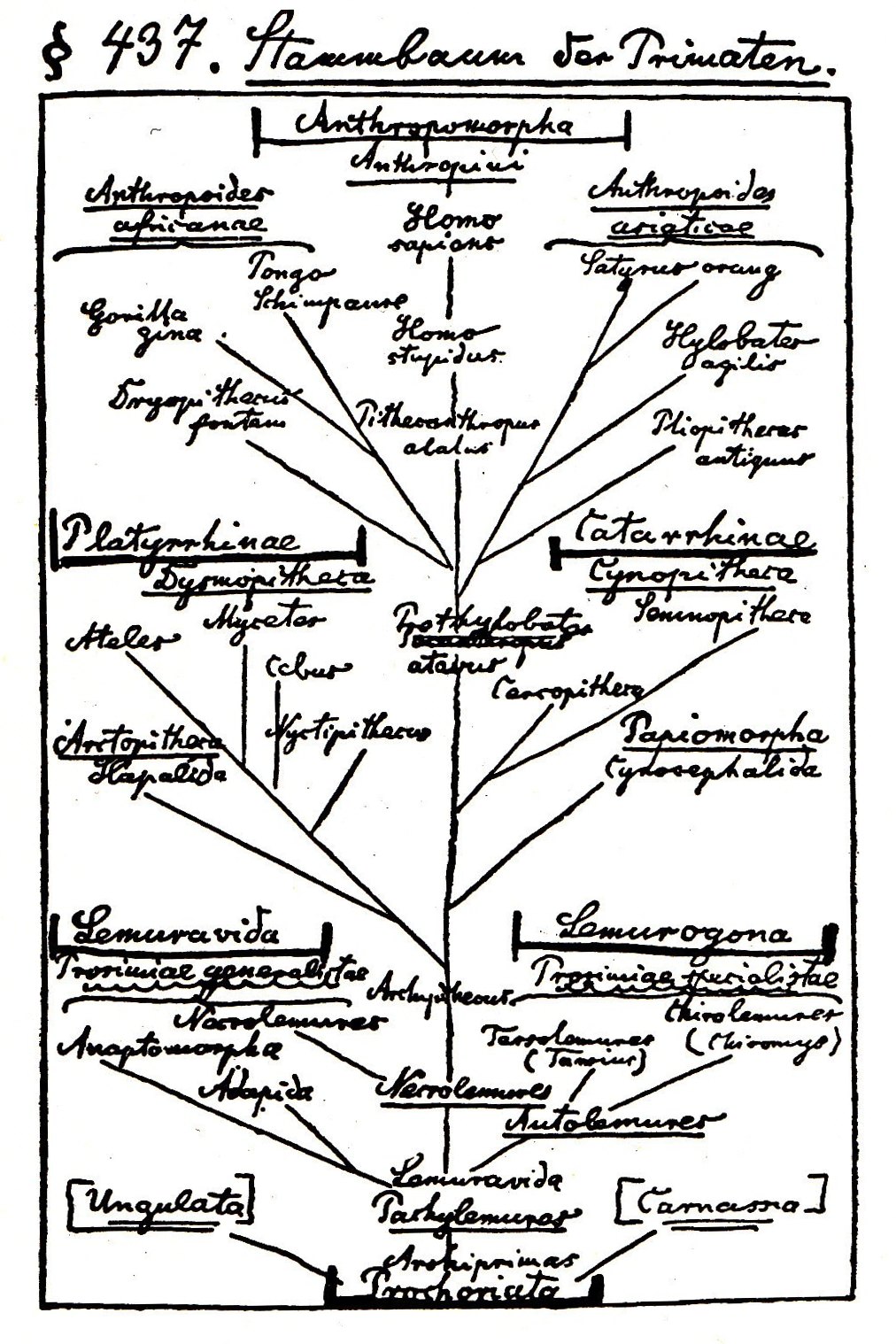3 Feb 2013
Myricaria Occurrence Map for Tyrol, Austria
This is a map of the current occurrence data of Myricaria germanica (courtesey of the Tiroler Landesmuseum Ferdinandeum) created with the freeware QGIS.
22 Dec 2012
Convert OpenStreetMap Objects to KML with R
A quick geo-tip:
With the osmar and maptools package you can easily pull an OpenStreetMap object and convert it to KML, like below (thanks to adibender helping out on SO). I found the relation ID by googling for it (www.google.at/search?q=openstreetmap+relation+innsbruck).
With the osmar and maptools package you can easily pull an OpenStreetMap object and convert it to KML, like below (thanks to adibender helping out on SO). I found the relation ID by googling for it (www.google.at/search?q=openstreetmap+relation+innsbruck).
# get OSM data
library(osmar)
library(maptools)
innsbruck <- get_osm(relation(113642), full = T)
sp_innsbruck <- as_sp(innsbruck, what = "lines")
# convert to KML
for( i in seq_along(sp_innsbruck) ) {
kmlLine(sp_innsbruck@lines[[i]], kmlfile = "innsbruck.kml",
lwd = 3, col = "blue", name = "Innsbruck")
}
shell.exec("innsbruck.kml")
16 Dec 2012
Taxonomy with R: Exploring the Taxize-Package
 First off, I'd really like to give a shout-out to the brave people who have created and maintain this great package - the fame is yours!
First off, I'd really like to give a shout-out to the brave people who have created and maintain this great package - the fame is yours!So, while exploring the capabilities of the package some issues with the ITIS-Server arose and with large datasets things weren't working out quite well for me.
I then switched to the NCBI API and saw that the result is much better here (way quicker, on first glance also a higher coverage).
At the time there is no taxize-function that will pull taxonomic details from a classification returned by NCBI, that's why I plugged together a little wrapper - see here:
# some species data:
spec <- data.frame("Species" = I(c("Bryum schleicheri", "Bryum capillare", "Bryum argentum", "Escherichia coli", "Glis glis")))
spl <- strsplit(spec$Species, " ")
spec$Genus <- as.character(sapply(spl, "[[", 1))
# for pulling taxonomic details we'd best submit higher rank taxons
# in this case Genera. Then we'll submit Genus Bryum only once and
# save some computation time (might be an issue if you deal
# with large datasets..)
gen_uniq <- unique(spec$Genus)
# function for pulling classification details ("phylum" in this case)
get_sys_level <- function(x){ require(taxize)
a <- classification(get_uid(x))
y <- data.frame(a[[1]]) # if there are multiple results, take the first..
z <- tryCatch(as.character(y[which(y[,2] == "phylum"), 1]), # in case of any other errors put NA
error = function(e) NA)
z <- ifelse(length(z) != 0, z, NA) # if the taxonomic detail is not covered return NA
return(data.frame(Taxon = x, Syslevel = z))
}
# call function and rbind the returned values
result <- do.call(rbind, lapply(gen_uniq, get_sys_level))
print(result)
# Taxon Syslevel
# 1 Bryum Streptophyta
# 2 Escherichia Proteobacteria
# 3 Glis Chordata
# now merge back to the original data frame
spec_new <- merge(spec, result, by.x = "Genus", by.y = "Taxon")
print(spec_new)
# Genus Species Syslevel
# 1 Bryum Bryum schleicheri Streptophyta
# 2 Bryum Bryum capillare Streptophyta
# 3 Bryum Bryum argentum Streptophyta
# 4 Escherichia Escherichia coli Proteobacteria
# 5 Glis Glis glis Chordata
#
Subscribe to:
Comments
(
Atom
)
